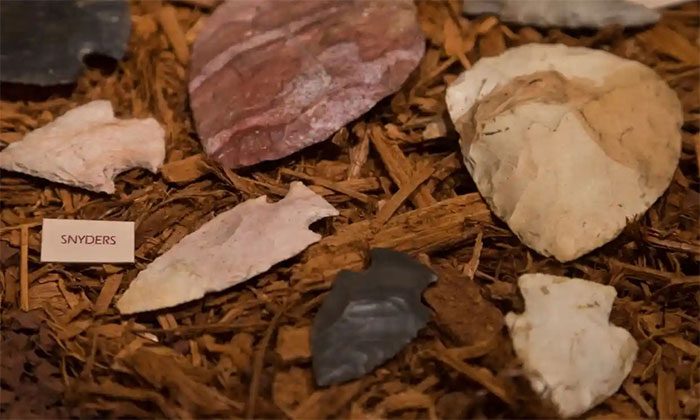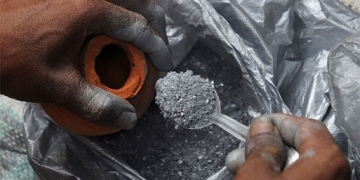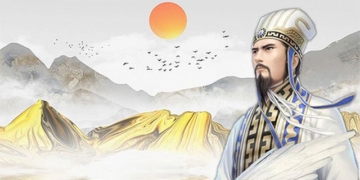New research indicates that some of the first people to arrive in the Americas during the last Ice Age and the subsequent migration included those from what is now modern-day China.

Prehistoric arrowheads and spears found in the Americas, China, and Japan show similarities. (Photo: Mostardi Photography/Alamy).
Yu-Chun Li, one of the authors of the genetic study, stated: “Our findings suggest that in addition to the previously indicated ancestral sources of Native Americans in Siberia, the northern coastal region of China also played a role as a contributing gene source.”
It was once believed that ancient Siberians were the sole ancestors of Native Americans. These people traversed a narrow land bridge across the Bering Strait connecting what is now Russia and Alaska.
More recent studies, beginning in the late 2000s, have uncovered signs that a more diverse gene pool from Asia may have also contributed to populations across the Americas, including in Bolivia, Brazil, Chile, Ecuador, Mexico, and California in the United States.
According to a genetic study published on May 9 in the journal Cell Reports, there were two major migrations:
- The first migration occurred between 19,500 and 26,000 years ago, during the last Ice Age, when ice coverage was at its greatest, and climatic conditions in northern China were likely very harsh.
- The second migration occurred during the melting period, from 19,000 to 11,500 years ago. The population increase during this time may have spurred migration.
During this second migration, scientists found a surprising genetic link between Native Americans and the Japanese, particularly the indigenous Ainu people.
The study notes that during the melting period, a branch group from the northern coastal region of China migrated to Japan, contributing to the formation of the Japanese population. This may help explain why prehistoric arrowheads and spears found in the Americas, China, and Japan share similarities.


















































